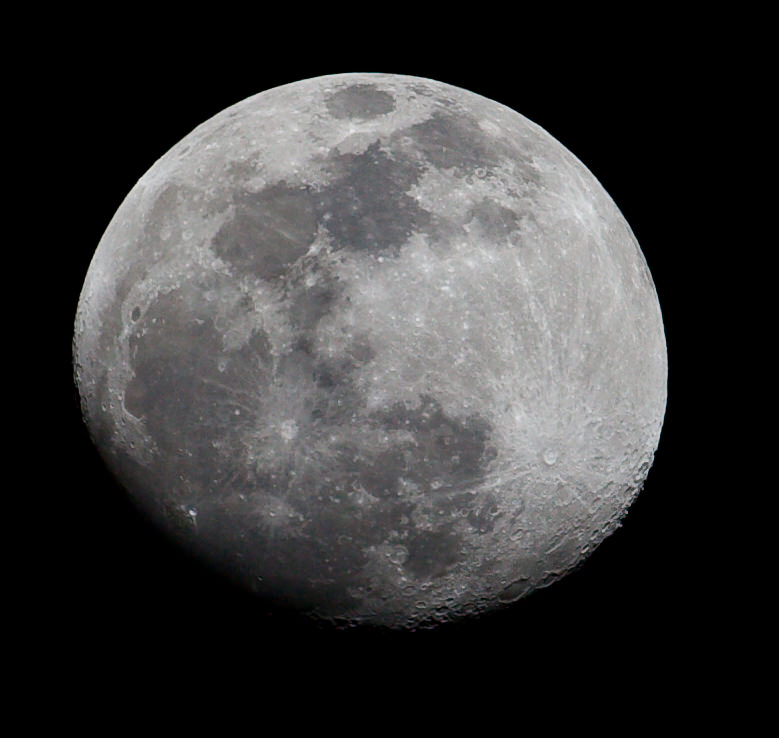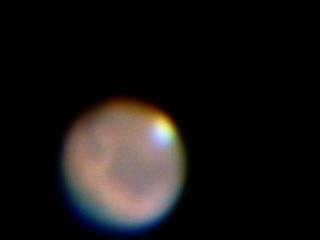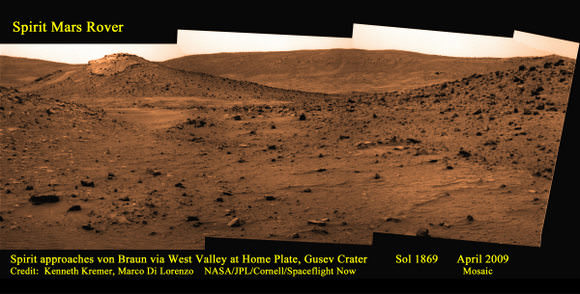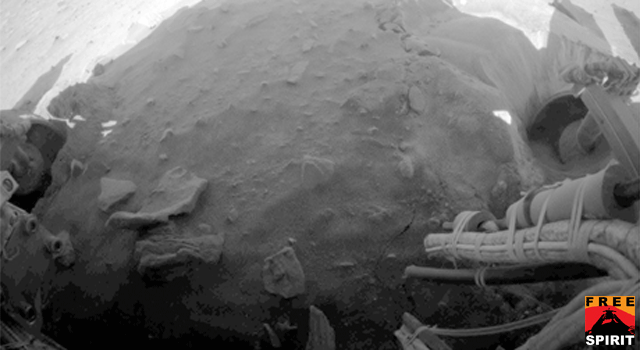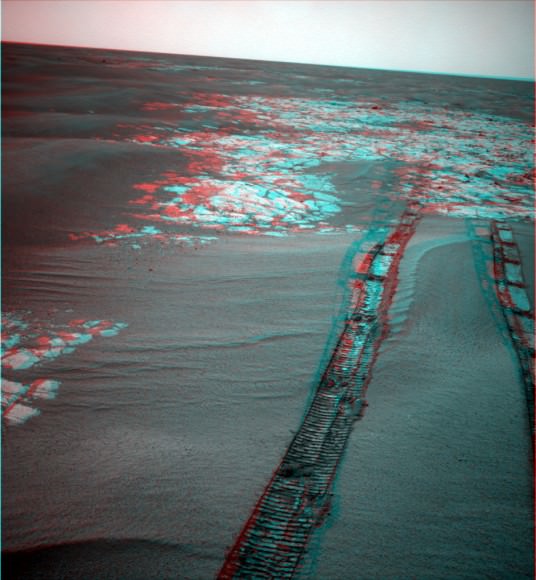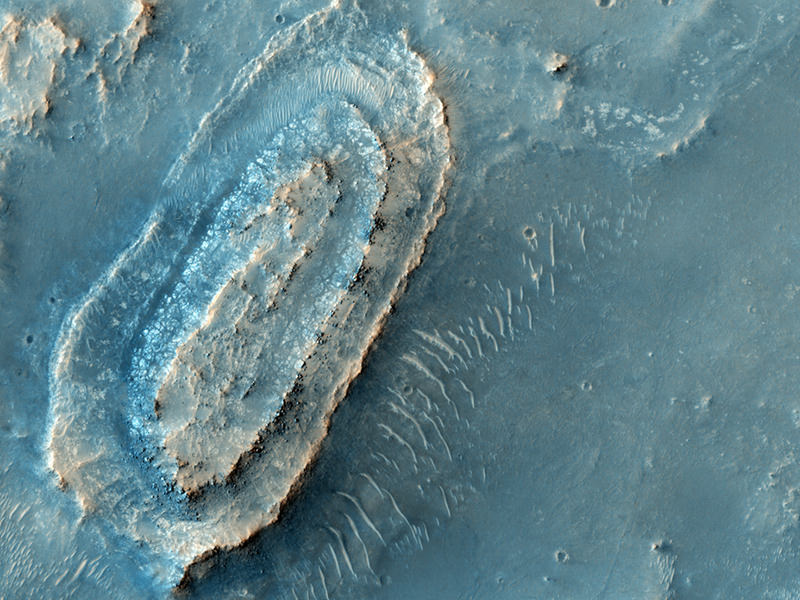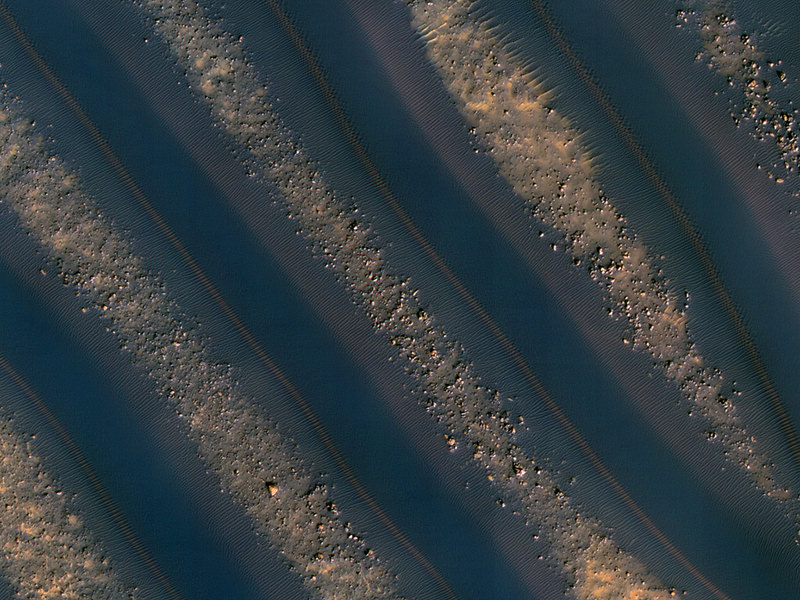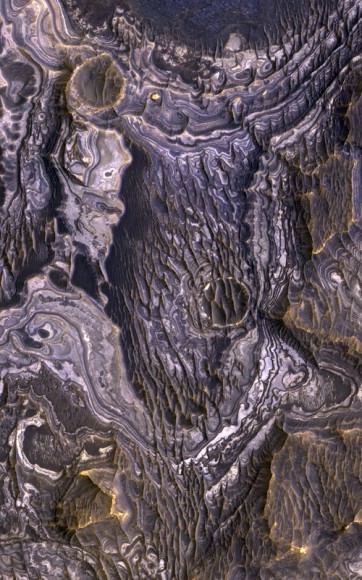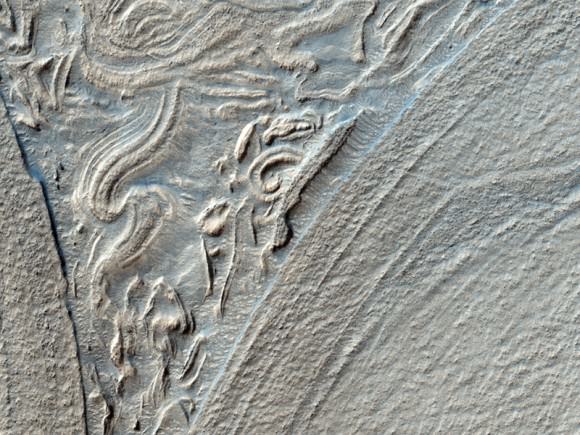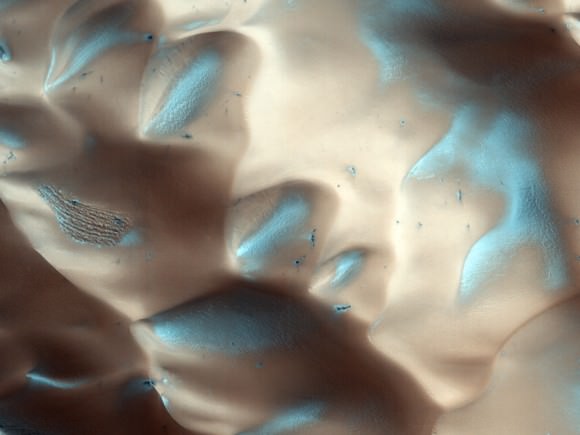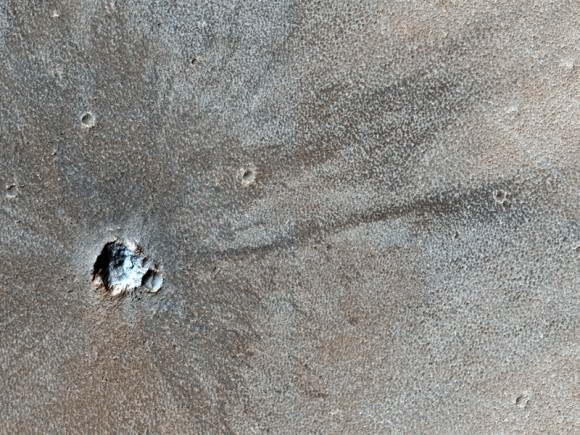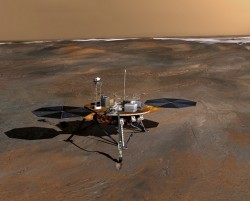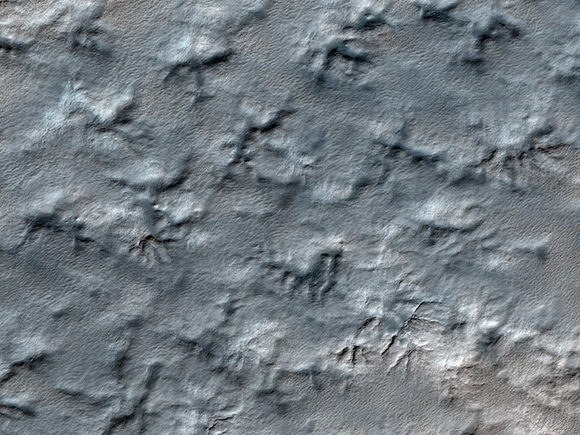So you think the position of Mars in the sky at the time of your birth made you tall, dark, and handsome (or short, fair, and ugly)? Or lucky (or unlucky) in love? If you think believing in astrology is anywhere close to scientific, well, Dude, time to think again.
Pick two babies born within a minute of each other. One has two nurses and a doctor attending; the other, just a midwife. One is born in a brightly lit maternity ward in a downtown big city hospital; the other in a poorly lit room in a village 50 kilometers from the nearest big city. ‘Downtown’ is just a few meters above sea level; the village is situated on a 1000 meter high plateau. These local differences have far greater effects on the babies than Mars does. Let’s see how.
Nearly five centuries of physics have given us quite a few certainties, and among those are that the only long range forces in the universe are gravity and electromagnetism. And both of these, from Mars, are totally – and I mean totally – overwhelmed by those same forces that were produced by things near you when you were delivered. In a word, Mars can’t influence you.
Start with gravitation.
The gravitational force between you and Mars is greatest when Mars is closest to the Earth; let’s say that’s 56 million kilometers. Now Mars has a mass of 6.4 x 1023 kg, so the acceleration, here on Earth, due to Martian gravity would be 1.4 x 10-8 meters per second per second (m s-2).
How did I work that out? By using Newton’s law of universal gravitation:
F = Gm1m2/r2
and:
F = ma
so:
a = GmMars/distance-to-Mars2.
How does this compare with variations in gravitational force due to adults standing nearby (everyone has a mother, so we won’t count her)?
Let’s take 60 kg as an adult’s mass, and a distance of 1 meter; that gives a gravitational acceleration of 4 x 10-9 m s-2, so just three adults nearby would have the same gravitational effect on you as Mars!
How does this compare with variations in gravitational force we know people born at the same time – but elsewhere on Earth – experienced?
Let’s take a difference in altitude of 1000 m (lots of big cities have altitudes greater than this – Mexico City, for example, is at 2240 m – and lots are close to sea level), and calculate the difference in acceleration due to the Earth’s gravity (this ignores several important factors, such as the Earth’s rotation, and local differences in g). Well, it works out as 0.003 m s-2, or about 200,000 times greater than Martian gravity!
In fact, if you were born just half a centimeter higher, you’d be influenced to the same extent, gravitationally, as by Mars!
Next, electromagnetism.
You can be influenced, electromagnetically, in four separate ways: by a magnetic field, by an electric current, by an electric field, and by electromagnetic radiation. How powerful is Mars, electromagnetically?
There’s no electric current between Mars and Earth; the solar wind – which blows outward from the Sun (so Mars is ‘downstream’, and any electromagnetic influence carried by the solar wind would be from Earth to Mars) – is neutral, on balance, and carries no current.
The solar wind is a plasma, and any electric field there is in it will not be felt much more than a few Debye lengths’ away (basically, because electrons and ions are free to move in a plasma, they screen charges – the source of electric fields – quite effectively; the Debye length is about as far as an electric field can penetrate). Now the solar wind can be quite dynamic – meaning it can change a lot – but the Debye length in any part of it will rarely, if ever, be greater than a few tens of meters. Let’s be generous and say an electric field could be felt up to a kilometer away. But Mars never comes closer to the Earth than ~50 million km!
Well, that makes any electric field influence from Mars impossible, doesn’t it?!
While Mars does have a weak magnetic field, it has no influence on Earth, because the Earth’s own field creates a magnetosphere around us, one that screens out external magnetic fields. Besides, as Mars is downstream from us (the way the solar wind blows), and as the solar wind can carry (actually stretch) a magnetosphere only in the direction it blows, any magnetic influence would be from Earth to Mars, not Mars to Earth.
Three down, one to go.
The Earth’s atmosphere blocks all electromagnetic radiation except for that which we see by (and a bit on the UV side too), some infrared, and in the microwave and radio regions of the electromagnetic spectrum.
Mars is a very weak source of microwaves and radio waves, and even in the (radio) quietest places on Earth, electromagnetic radiation from (distant) radio stations, (distant) cellphone towers, TV satellites, airplanes overhead, etc totally, totally drowns out any Martian signals.
On a clear, moonless night, Mars may seem bright to your dark-adjusted eyes … but most likely you were born under quite bright lights, and indoors. No Martian influence here either.
So what do we have then?
Like I said, Mars can’t make you tall dark and handsome, nor can it influence your love life.


